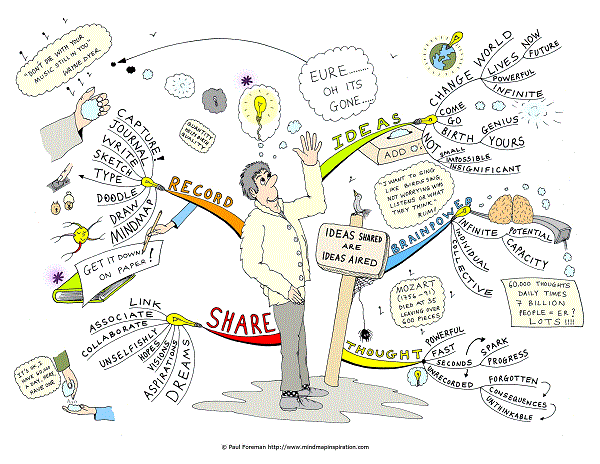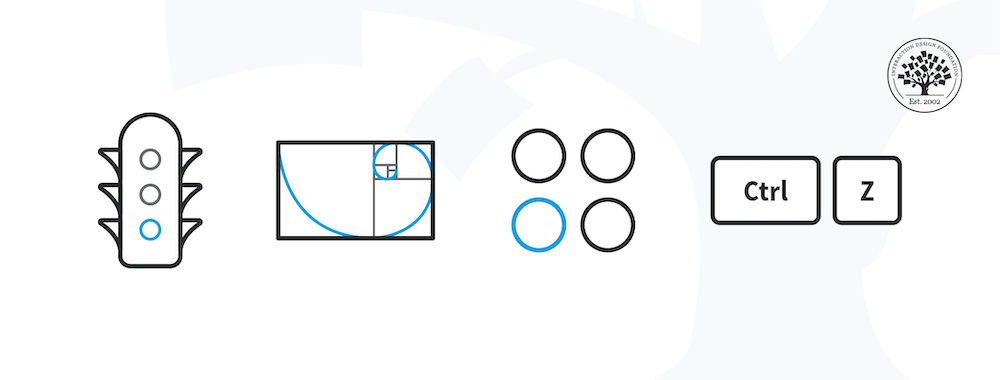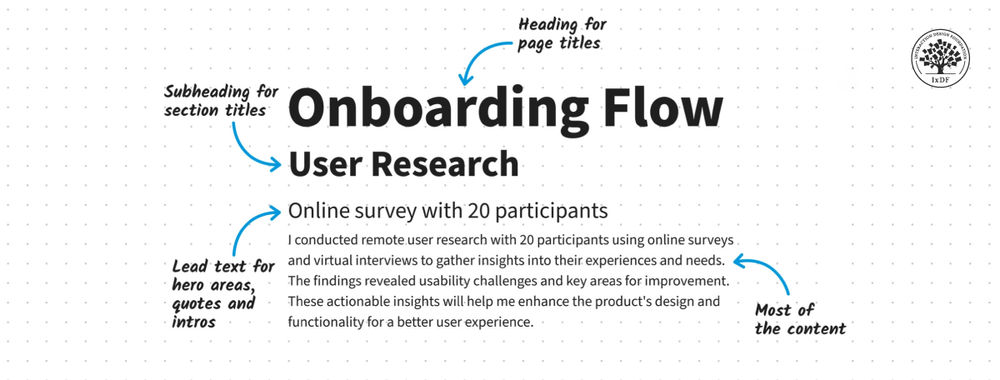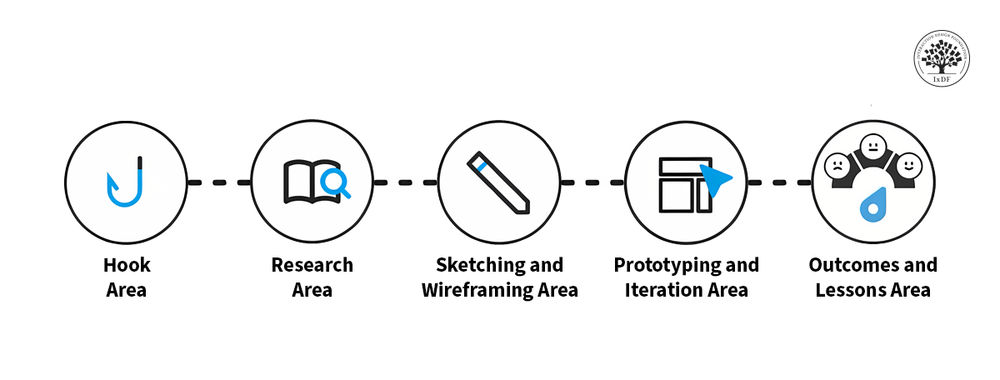Did you know that some of the most dramatic design shifts are brought about by users of products?
In fact, in many instances, such as open source software, users are often able to bring about huge levels of change and are willing and freely able to share this with the larger community.
It was almost 30 years ago when two different research groups started playing around with this idea of a systematic study of innovation by end users and firms.
On the one side we have the User Innovation community and on the other end we have the Open Innovation Community. The later deals with innovation within a firm, innovation systems and intellectual property rights whereas the User Innovation Community deals with open source, keeping things innovative and basing itself around the end user.
It is obviously best if these two research groups work together and combine their two systems. This is where the term ‘Distributed Innovation’ comes into play, where it can be seen as prior research into innovation processes that take place outside an organisation.
In short, product design and development can be to some extent efficiently delegated to the product’s users. But why?
Why do users share their innovations with others?

Author/Copyright holder: Lucas. Copyright terms and licence: All rights reserved Img source
It sounds too good to be true doesn’t it? That people will develop new commercial applications or modify an existing product for their own use and then give those modifications away? Why are these people not exploiting these commercial uses for their own gain? Why do we not see hundreds of near identical open source releases, rather than two or three versions of the same product as a maximum?
It might be socially conscious behaviour; it might be that deep down inside of us that there’s a drive to share our ideas and developments to better all of humanity; but that doesn’t sound quite right does it? In our experiences in real life, we know that some folks are practically brimming over with generosity and kindness but that nearly as many are playing the game entirely for themselves. Assuming that these two types of people occur pretty much in the same numbers in the creative community – there should be far less free flowing idea sharing than there is.
So, what’s the truth of things? It turns out that one of the main reasons for all this sharing is a practical consideration under law. Most artwork nowadays has a copywrite – you need to come to an agreement with the artist to reproduce it or they can sue you for the reproduction. With an idea, protection is rather harder to come by, patents need you to follow an expensive and time consuming process to establish them. If you really need to protect an idea; you need to get a lot of patents around the world.
Even if you have a patent… in many industries it does not do very much except allow you to trade its use off or against a patent in someone else’s portfolio.
That barrier to protecting ideas turns out to benefit us all. If it’s too time consuming, expensive and only of limited value to protect ideas then, we might as well set them free. The individual still benefits, good ideas tend to increase the individual’s standing with their peers and in their industry, and society benefits too. Open user innovation it turns out is a happy by-product of the way our society works.
Want to Find Out More About Open User Innovation and How It Can Help Your Design?
Header Image: Author/Copyright holder: Paul Foreman. Copyright terms and licence: All rights reserved. Img












